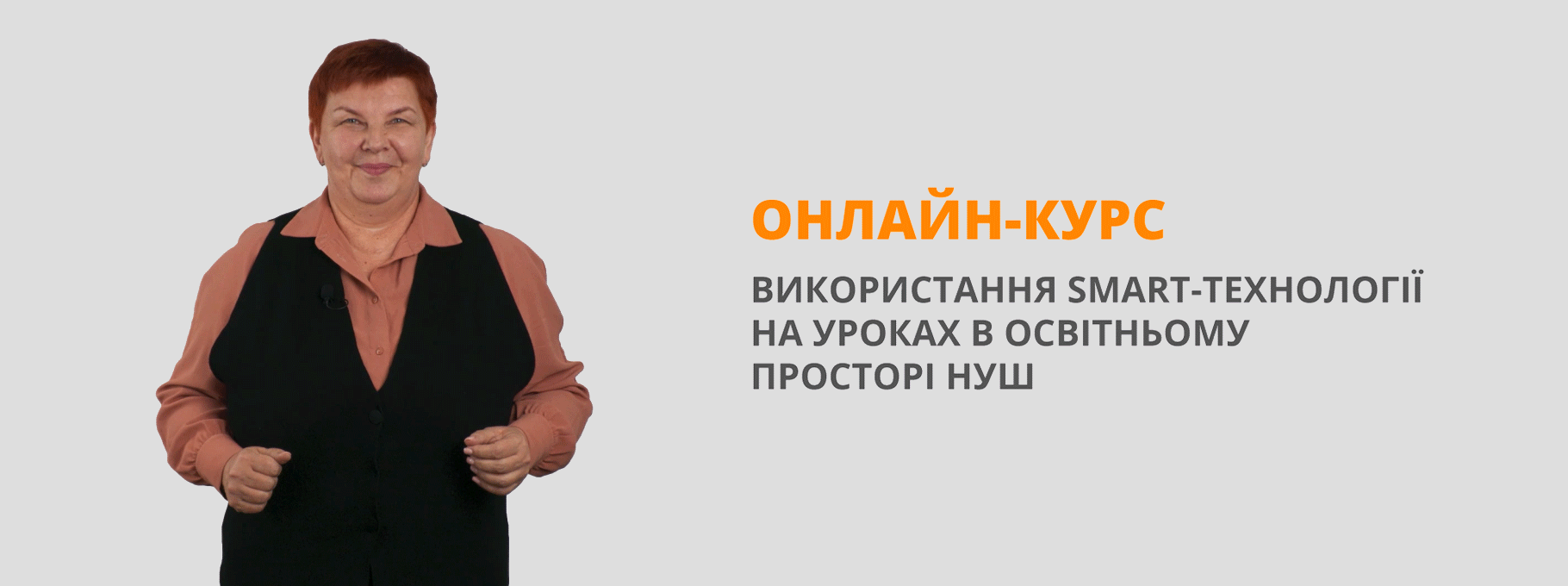Урок "Appearance. What do we look like?"
Human Appearance: what do we look like?
Topic: Family. People description. Verbs to be, to have, have got.
Aims:
- To see the likenesses and differences in appearances.
- To refresh grammar knowledge.
- To develop listening skills.
- To extend students’ oral fluency in discussions.
Age/level:
Children and teenagers (A2–B1)
Time:
80 – 90 minutes
Materials:
- Worksheet
- Photos of people
- Record for listening
- Video presentation
Introductions:
The aim of the lesson is to learn to describe people, see the differences and likenesses in physical appearances. In this lesson students will do a few listening activities where they watch the video containing their active vocabulary, listen to people discussing appearance and do the tasks to those video and audio records. For each correct answer they get a part of a picture (in the end of the lesson they will have to describe the appearance of a human they’ve gathered in the picture).
Procedure:
Lead-in (10 minutes):
- Greeting.
- Marking absent.
- Checking homework.
- Asking student how can they describe themselves.
- Letting the class look around and tell who prevails fair-haired or dark-haired.
- Explanation: Today we’re going to learn more about “What do we look like?”
Grammar Revision (10 – 15 minutes):
- Explanation: To speak about appearance we’ll need some grammar help. Verbs: to be, to have, to have got will be useful for us.
- Rules revision: Verb to be in English means “бути, знаходитись” and is irregular, it also changes according to persons and numbers. In Present Simple: I – am; you/we/they – are; he/she/it – is. In Past Simple: I/he/she/it – was; you/we /they – were. In Future Simple: I/we – shall be; he/she/it/you/they – will be.
Examples: I am tall. They are brothers. She is Asian.
He was ten last year. We were shorter last winter.
We shall be sixteen next month. He will be eighteen.
Verb to have in English has such forms: Present Simple: I/we/you/they – have; he/she/it – has; Past simple – had for all the persons; Future Simple: I/we – shall have; you/they/he/she/it – will have. It means “мати щось”, “володіти чимось”. In spoken English instead of have/has one can use have got/has got – they have the same meaning.
Examples: They have fair hair. She has got beautiful eyes.
I had long hair last summer.
I shall have my hair cut. He will have his beard colored.
- Asking class to make up their own examples.
Watching (10 - 15 minutes):
- Student should be divided into groups of three.
- They get a task to watch the presentation and to write down the vocabulary to the topic.
- Students should answer each question they see in the video.
Speaking (10 – 15 minutes):
- Each group of students gets a copy with photos.
- Instruction: Try to describe people depicted here. Check yourself reading the given descriptions.
- Students get new copies.
- Instruction: Look at the picture, don’t you think those people look like their dogs. Tell, what makes them look similar.
Listening (15 – 20 minutes):
- Students do the first exercise from the worksheet before listening (Match the person with the correct description and write a–d next to the numbers 1–4.). Check it aloud.
- Students listen to the recorded dialogue and do the exercise while listening (Circle the best word to complete these sentences.). Read it out.
- Students listen to the dialogue once again and do one more exercise while listening (Complete the gaps with the correct word.). Read it to check in class.
Discussion (10 minutes):
Students answer the questions:
- What do you look like?
- What kind of hair have you got?
- What color eyes have you got?
- Are you happy with your appearance? Why? /Why not?
Summing up (5 – 10 minutes):
- Students show and describe the persons they finally got in the pictures.
- Students say “What new have they found out?”, which words and rules were familiar to them.
- Teacher sums up the work and tells the marks.
Homework: Students have to make a description of appearance (this may be either a friend or a family member).


про публікацію авторської розробки
Додати розробку
